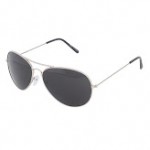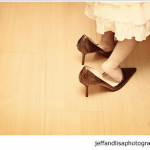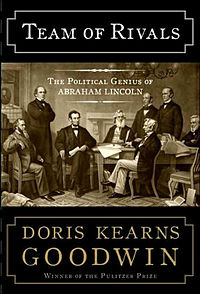 |
| Spot Cool Stuff also evaluates various BPA-free bottles. Photo Source: spotcoolstuff.com |
This recent health craze has me hyperaware of how dehydrated I am, so I’ve been on the lookout for a nifty water bottle. After scanning, I noticed that several sites advertise BPA-free bottles. I investigated the chemical and started shopping for the best BPA-free bottle I could find.
I’m an advocate of reusable bottles because they help minimize waste, but the concept of BPA—or the lack thereof—is relatively new to me. I’ve heard the term before, especially in advertising plastic bottles and products, but had no clue what it actually was. So I decided to do some digging, to investigate what this mystery chemical is and why there’s a stir about it in the “green scene.”
According to the Mayo Clinic, BPA is short for bisphenol A, an industrial chemical used since the 1960s in various plastics, especially those used for storing food and drinks. Though some claim that the chemical is harmful, it’s a controversial subject.
The American Chemistry Council, an association with ties to plastic manufacturers, maintains that BPA poses no health risks. Yet the National Toxicology Program at the Department of Health and Human Services, and the Food and Drug Administration both say that they have some concern about the possible health risks BPA may cause to the brain, behavior and prostate gland development of fetuses and children. A 2010 review at Tufts University concluded that BPA may increase risk of cancer, though U.S. programs have yet to evaluate in for potential cancerous properties.
There’s also evidence that BPA-exposure can cause problems to reproductive health and functionality.
So while there’s little concrete evidence for either side, I figure it’s best to err on the side of caution. In February, the Maine Board of Environmental Protection voted to ban the use of BPA in bottles and other reusable containers, effective January 2012. So I figure I can take a hint and start reducing my BPA-exposure, as well. The Mayo Clinic article lists a few simple steps that consumers can take to help minimize their exposure. And various sites list their top choices: Good Housekeeping tested 32 BPA-free bottles, evaluating their ease of use, functionality and looks, listing the pros and cons of several different brands; and Inhabitots focused specifically on the best BPA-free bottles for kids, who—as evidence suggests—are more likely to be affected by the chemical.
Top contenders include the Nalgene OTG Everyday bottle ($10)—which is also sold at a significant markup ($15) at Northeastern’s campus store—and the CamelBak Podium bottle ($9). Both ranked high in regards to their ease of use, though the CamelBak bottle was criticized because the lid isn’t attached and is, therefore, easier to lose.
Personally, I just ordered the Thermos Nissan Intak Hydration Bottle ($11), which features a spill-proof lid (much needed when I carry a camera and laptop) and a meter that measures how much water I consume. Though Good Housekeeping ranks the Intak bottle 8th, I figured it was the best fit for me because I maintain a very busy schedule and it’s great that the bottle can work for me, measuring my water intake and helping to ensure that I am healthy and hydrated. Plus, it’s much prettier than the other bottles; there’s a lot more incentive to drink when I want to show off my water bottle. Hello, hydration!











